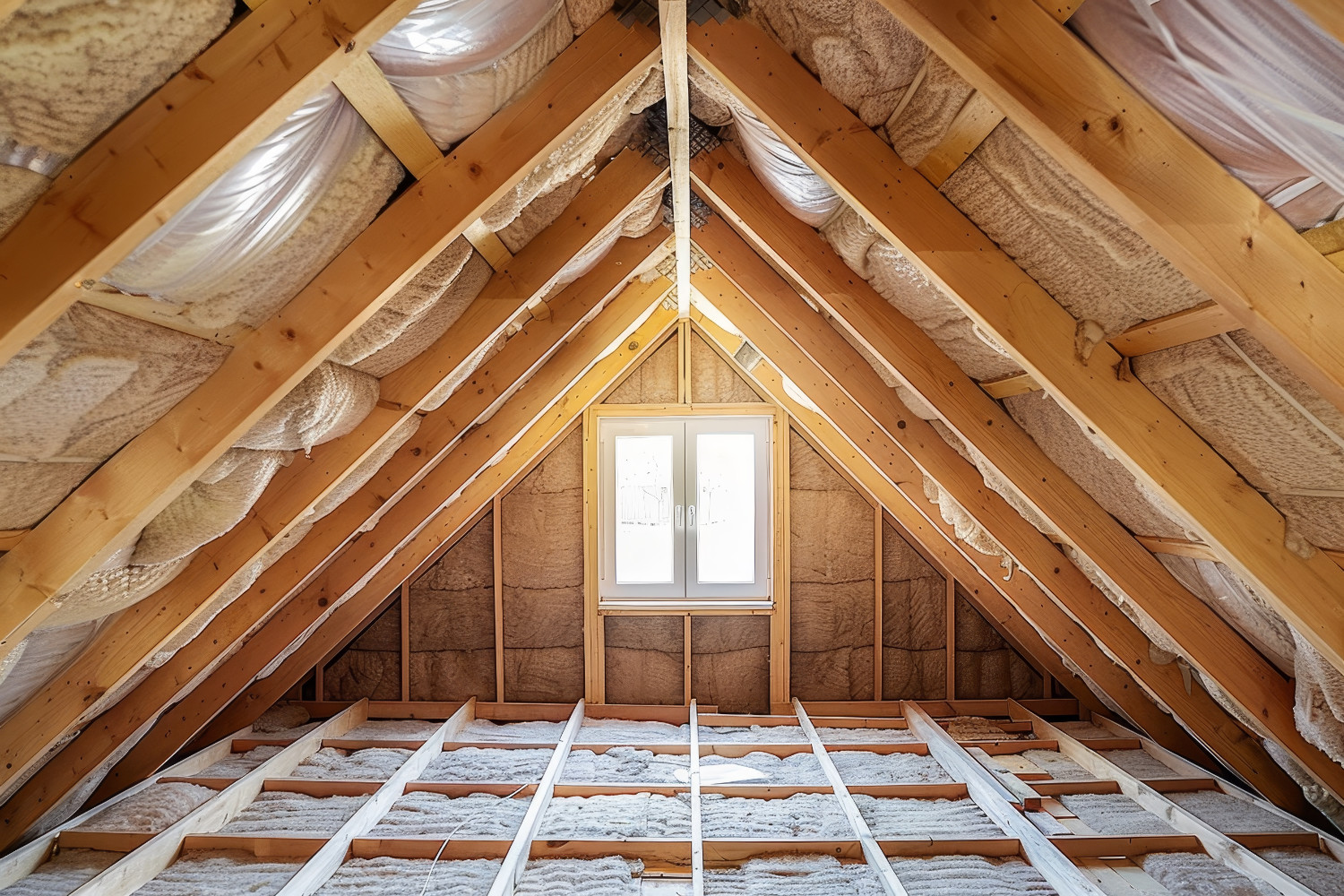Q: What types of insulation do you install?
A: We offer blown-in cellulose, batt insulation, and closed-cell spray foam. Each have unique advantages in terms of cost, R-value per inch, air sealing, and moisture resistance.
Q: How do I know if my home needs more insulation?
A: Warning signs may include high heating or cooling bills, uneven room temperatures, drafty and uncomfortable rooms, and frost or moisture buildup in the attic. A free home energy assessment will evaluate current R-values and identify areas of potential energy loss.
Q: What is R-value and what R-value do I need in Winnipeg?
A: R-value measures thermal resistance. In Manitoba, building codes call for attic insulation of at least R-50***.
***As of January 1, 2024, Manitoba has adopted the 2020 National Building Code of Canada (NBC) and the 2020 National Energy Code of Canada for Buildings (NECB), with provincial amendments. For residential buildings, particularly those under Part 9 (housing and small buildings), the energy efficiency requirements are outlined in Section 9.36 of the NBC.
Required R-Value for Residential Wall Assemblies:
A: Under the current Manitoba Building Code (MBC), residential wall assemblies must achieve an effective R-value that meets or exceeds the baseline Tier 1 requirements specified in Articles 9.36.7.2 and 9.36.8.2 of Division B. The effective R-value accounts for the entire wall assembly, including insulation materials, framing, sheathing, and other components, rather than just the insulation itself. This approach ensures a more accurate representation of the wall’s thermal performance.
While the exact R-value can vary based on specific design and materials used, builders typically aim for an effective R-value of R-22 or higher for above-grade walls to comply with the code.
Additional Considerations:
A: Effective vs. Nominal R-Value: The shift from nominal to effective R-values in the code emphasizes the importance of considering the entire wall assembly’s thermal performance, including factors like thermal bridging through studs and other structural elements.
Q: Which insulation material is best for Winnipeg winters?
A: Closed-cell spray foam offers the highest R-value per inch, the most efficient insulation by effectively eliminating convection heat loss, and acts as an air and moisture barrier—ideal for extreme cold. Blown-in cellulose is eco-friendly and cost-effective for attic retrofits and cellulose is a dense insulation and has greater resistance to convection heat loss than its fiberglass counterpart. Many factors need to be considered when selecting the right material or application when insulating your home and we are happy to help you select the best solution based on your budget and performance goals.
Q: Are there government rebates or incentives for insulating my home?
A: Yes, Efficiency Manitoba offers rebates for adding insulation to attics, walls and foundations. We’ll calculate your rebate for you and handle all of the paperwork to keep it easy for you!”
Q: Can you insulate walls without removing drywall?
A:yes, if there isn’t insulation currently thereWe can inject cellulose insulation into empty wall cavities by drilling small holes (inch and a 1/4”) and we can fill these wall cavities from the exterior or interior, with minimal repairs required.
Q: How long does insulation installation take, and will it disrupt my home?
Attic:
A: Most attic top ups jobs finish in a day. We typically access the attic through vents on the roof, so we typically don’t need access into the house, keeping the house clean and free from dust.
Removal/Spray Foam/ Fibre Top Up:
A: Most attic restoration projects take multiple days with 3 major steps. First, insulation removal, second spray foaming a 2” monolithic layer on the topside of the ceiling to act as the vapour barrier and high performance insulation and then adding additional fibre insulation to bring the attic upto R50.
Spray Foam Installations vary so much, projects can be 20minutes or multiple days to complete, that said, one of the most important facts to know is that spray foam takes 24hrs to cure and during that curing time you should not be in the space. So, IF we are spray foaming within your house, please plan to ventilate the spray area and comeback 24hrs later.
Q: Does adding insulation help prevent ice dams and moisture issues?
A: Proper attic insulation and air sealing keep warm interior air from the attic which reduces premature melting of snow on the roof deck, which in turn reduce the freeze-thaw cycle that can form ice dams. It also reduces moisture accumulation within the attic that can cause moisture issues.
Q: What warranty do you offer on insulation services?
A: We provide a 5-year workmanship warranty on all installations and spray-foam projects have an additional third-party warranty with our quality assurance provider Caliber.
